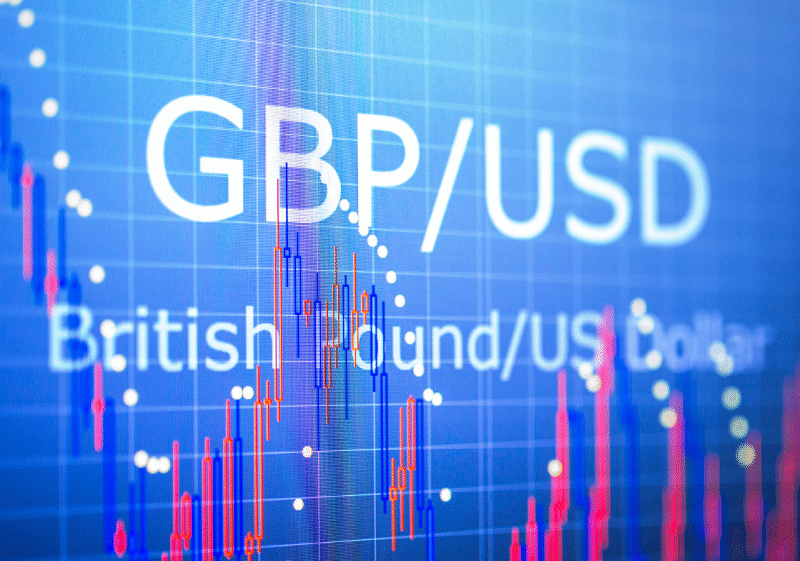The GBP/HKD pair often flies under the radar. Yet for traders who understand its nuances, this currency cross offers a compelling mix of volatility, macroeconomic influence, and tactical potential. The forex pound HKD market presents an unusual combination of British economic policy and Asian political dynamics, filtered through the influence of the U.S. dollar due to Hong Kong’s currency peg.
Understanding the GBP/HKD Currency Pair
The GBP/HKD pair reflects the interplay between two distinct economies: the UK, a services-driven market responsive to Bank of England policy, and Hong Kong, a trade-oriented hub closely tied to China and governed by a currency peg to the U.S. dollar. This peg means U.S. monetary policy indirectly shapes Hong Kong’s interest rates, adding a unique layer of influence.
As a minor currency pair, GBP/HKD features lower liquidity and wider spreads, making it more prone to sharp moves during macro or political events. Traders must navigate both the BOE’s stance on inflation and interest rates, as well as shifts in U.S. policy that impact the HKD via its dollar linkage.
Political Risk and Its Impact on GBP/HKD
The GBP/HKD pair is highly sensitive to political developments. In the UK, post-Brexit uncertainty around trade, regulation, and leadership changes continues to influence monetary policy and GBP volatility. Political shifts often feed directly into BOE decisions, making them relevant for forex pound HKD traders.
Hong Kong faces its own set of geopolitical pressures. The implementation of the national security law in 2020 signaled deeper integration with mainland China, sparking global concern and capital outflows. As a flashpoint in U.S.-China tensions, policy moves from Washington—like trade restrictions or sanctions—can affect HKD sentiment, even if the USD peg remains intact.
Interest Rate Differentials: A Core Driver
Interest rate expectations are a major force behind GBP/HKD movements. The Bank of England, often more hawkish than its global peers during inflationary periods, significantly influences GBP strength through its policy decisions. Traders should monitor UK inflation data, BOE statements, and policy guidance, as hawkish signals tend to lift the pound.
On the other side, the Hong Kong Monetary Authority (HKMA) tracks U.S. Federal Reserve policy to maintain its currency peg. Even when local economic conditions don’t warrant higher rates, the HKMA aligns with Fed hikes to defend capital stability. This creates opportunities when BOE and Fed policies diverge, turning GBP/HKD into a proxy for relative rate expectations.
This dynamic also fuels carry trade potential. When UK rates outpace those of Hong Kong (or effectively, the U.S.), holding long GBP/HKD positions can offer yield advantages. Still, such strategies carry risk, as abrupt changes in sentiment or central bank direction can quickly reverse gains.
Tactical Opportunities for Traders
GBP/HKD often moves within a stable range, with sharp breakouts typically driven by major political or economic events. Traders commonly use tools like Bollinger Bands, RSI, and support-resistance zones to identify mean-reverting setups. However, central bank decisions or geopolitical shocks can break these patterns, presenting strong directional trade opportunities, especially when GBP and HKD react to different macro drivers.
Event-Driven Trading
The forex pound HKD market reacts strongly to UK inflation data and BOE signals. Although HKD is pegged to the USD, shifts in global sentiment—especially around China’s economy, Fed policy, or regional tensions—can still cause volatility. Key events to watch include BOE rate decisions, Fed meetings (given HKMA alignment), and geopolitical developments across Asia. Strategic timing around these catalysts, combined with protective stops, is essential.
Using Correlated Assets for Confirmation
GBP/USD and USD/HKD offer important context when trading GBP/HKD. For instance, if GBP/USD rises on BOE hawkishness while USD/HKD remains flat, it may signal upside for GBP/HKD. Traders also monitor the DXY for USD trends, the Hang Seng Index for Hong Kong sentiment, and UK gilt yields for rate hike expectations.
Risk Management Essentials
Given wider spreads and lower liquidity, GBP/HKD requires disciplined risk management. Traders should avoid overleveraging, set stop-losses beyond market noise, and be mindful of overnight rollover costs. Success in this pair depends on being strategic and selective, not overly aggressive.
Conclusion
GBP/HKD is not a mainstream forex pair, but that’s part of what makes it appealing. It offers a complex interplay of UK monetary policy, Hong Kong’s geopolitical dynamics, and U.S. interest rate influence via the HKD/USD peg. For traders willing to dive deeper into macro fundamentals and geopolitical risk, this pair can present opportunities that are both nuanced and lucrative.
As always, success in trading the forex pound HKD market comes down to preparation. Understanding how interest rate differentials and political developments shape price action is critical. By combining that insight with disciplined execution, traders can unlock a strategic edge in one of the more unique corners of the forex market.
Learn more about GBP/HKD trading here to stay informed and equipped.

